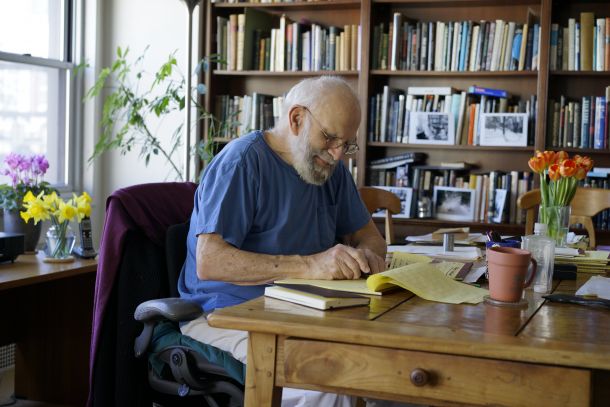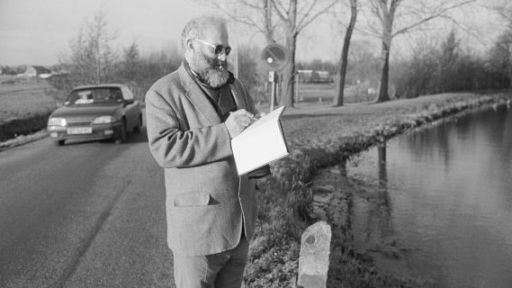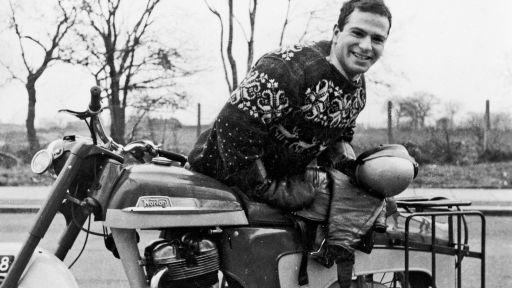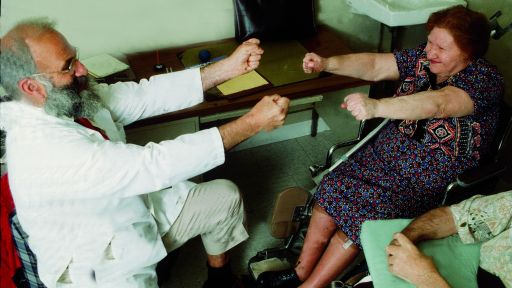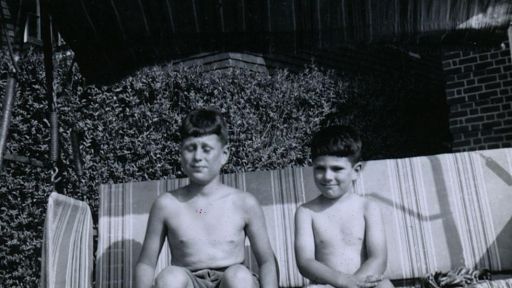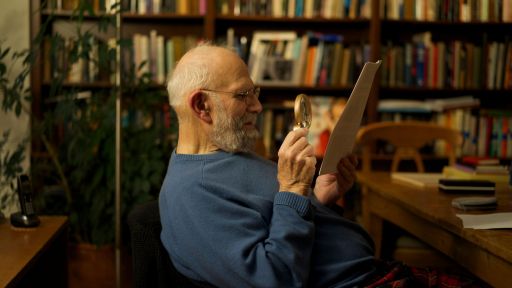Oliver Sacks was a polymath and as a result had bookshelves stocked with volumes on subjects ranging from his own field of neuroscience to botany and literature and beyond. Here are a just a few of the books he found notable:
NeuroTribes: The Legacy of Autism and the Future of Neurodiversity by Steve Silberman
“’NeuroTribes’ is a sweeping and penetrating history, presented with a rare sympathy and sensitivity. It is fascinating reading; it will change how you think of autism, and it belongs, alongside the works of Temple Grandin and Clara Claiborne Park, on the bookshelf of anyone interested in autism and the workings of the human brain.”
–From the foreword by Oliver Sacks, author of “An Anthropologist On Mars” and “Awakenings”
Swimming to Antarctica: Tales of a Long-Distance Swimmer by Lynne Cox
“Thrilling , vivid, and lyrical, an inspiring account of a life of aspiration and adventure.”
–Oliver Sacks
Fixing My Gaze: A Scientist’s Journey into Seeing in Three Dimensions by Susan R. Barry
“A very remarkable exploration of the brain’s ability to change and adapt, and an ode to the fascination and wonder of the visual world, even those parts of it which many of us take for granted.”
–From the foreword by Oliver Sacks
Being Mortal by Atul Gawande
It is not just medicine that is needed in one’s declining years, but life — a life with meaning, a life as rich and full as possible under the circumstances. “Being Mortal” is not only wise and deeply moving; it is an essential and insightful book for our times, as one would expect from Atul Gawande, one of our finest physician writers.
The Hidden Reality by Brian Greene
Brian Greene is not only a profound cosmological thinker — a pioneer of string theory — but a writer of exceptional clarity and charm. His books — “The Elegant Universe” and “The Fabric of the Cosmos“ among them — take one ever deeper into a universe stranger and more wonderful than anyone could have conceived a generation ago. “The Hidden Reality“ takes us deeper still, and it has a special personal quality and warmth that is evident from the opening of the book, when Greene recollects how, as a boy, he was fascinated by the multiple reflections in parallel mirrors. He has never lost this childlike wonder at the world of physics, but he brings it now to examining theories of the continual birth of multiple universes, starting long before our own. . . and destined to continue, perhaps, to the end of time.
Slow Medicine: The Way to Healing by Victoria Sweet
As a historian, Dr. Sweet brings a long perspective on the philosophy, history, and practice of “slow” medicine (that is, the sort of medicine that was universally practiced before the age of technology). She lives with the often agonizing complexities of clinical reality every day, but her viewpoint is never sentimental; it is grounded in solid clinical experience. It is clinical experience that is too often ignored in an age of “fast” medicine — medicine governed by tests and data, to say nothing of insurance regulations.
The Creation: An Appeal to Save Life on Earth by E. O. Wilson
E. O. Wilson, perhaps our generation’s greatest biologist, brings a lifetime of work and thought to “The Creation,” which explores the wonder of living creation, its vast range and complexity, and the need — not least for our own physical survival — to cherish and conserve this diversity. He presents this as a common goal which can unite all of us, religious believers and secularists alike. “The Creation” is a challenging book, but one of the utmost clarity, candor, and, not least, courtesy and grace. It is one of his most disturbing, moving, and important books. Wilson speaks with a humane eloquence which calls to us all.

